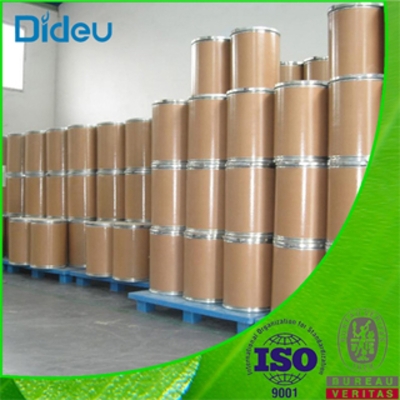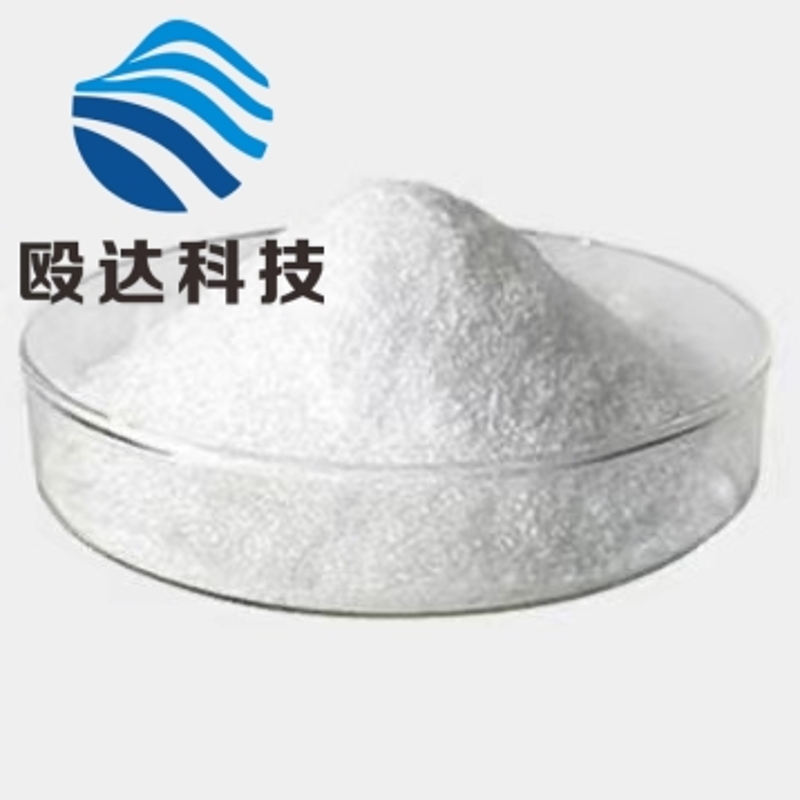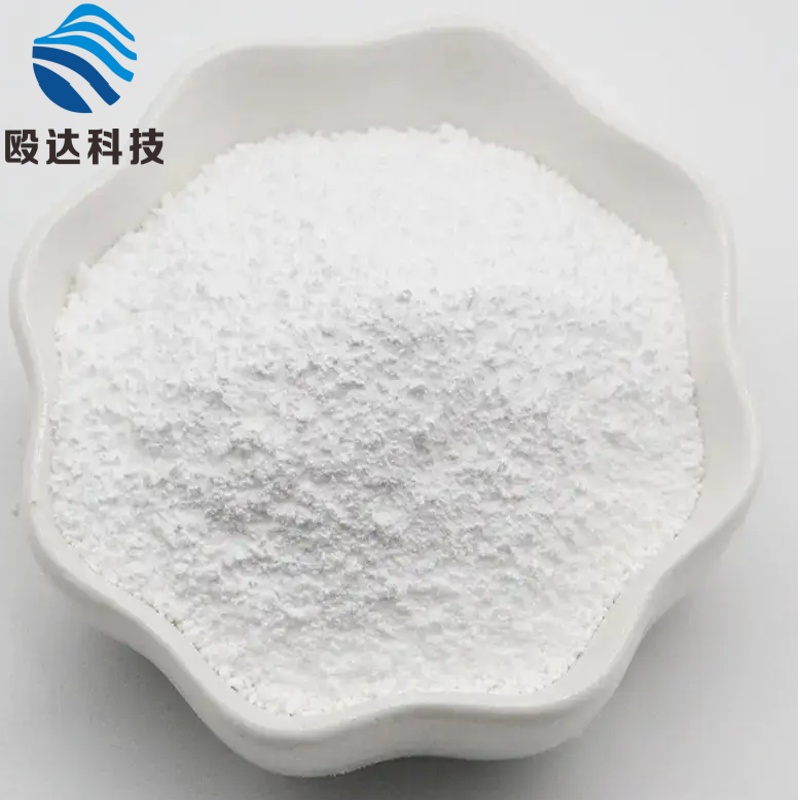-
Categories
-
Pharmaceutical Intermediates
-
Active Pharmaceutical Ingredients
-
Food Additives
- Industrial Coatings
- Agrochemicals
- Dyes and Pigments
- Surfactant
- Flavors and Fragrances
- Chemical Reagents
- Catalyst and Auxiliary
- Natural Products
- Inorganic Chemistry
-
Organic Chemistry
-
Biochemical Engineering
- Analytical Chemistry
- Cosmetic Ingredient
-
Pharmaceutical Intermediates
Promotion
ECHEMI Mall
Wholesale
Weekly Price
Exhibition
News
-
Trade Service
Synthetic Routes of (2E,4R)-5-[1,1′-Biphenyl]-4-yl-4-[[(1,1-dimethylethoxy)carbonyl]amino]-2-methyl-2-pentenoic acid: An Overview of Chemical Industry
Introduction
(2E,4R)-5-[1,1′-Biphenyl]-4-yl-4-[[(1,1-dimethylethoxy)carbonyl]amino]-2-methyl-2-pentenoic acid is an important organic compound with diverse applications in various fields, including pharmaceuticals, agrochemicals, and materials science.
The synthesis of this compound involves various chemical reactions and methods.
In this article, we will discuss the different synthetic routes of (2E,4R)-5-[1,1′-Biphenyl]-4-yl-4-[[(1,1-dimethylethoxy)carbonyl]amino]-2-methyl-2-pentenoic acid and their significance in chemical industry.
Origins of Synthetic Routes
The synthesis of (2E,4R)-5-[1,1′-Biphenyl]-4-yl-4-[[(1,1-dimethylethoxy)carbonyl]amino]-2-methyl-2-pentenoic acid has a long history, with the first synthesis reported in 1979 by Kishimoto et al.
Since then, several other synthetic routes have been reported, each with its own advantages and disadvantages.
Classification of Synthetic Routes
The synthetic routes of (2E,4R)-5-[1,1′-Biphenyl]-4-yl-4-[[(1,1-dimethylethoxy)carbonyl]amino]-2-methyl-2-pentenoic acid can be classified into four categories based on the type of reaction used in the synthesis: electrophilic substitution reactions, nucleophilic substitution reactions, addition reactions, and condensation reactions.
Each category will be discussed in detail.
- Electrophilic Substitution Reactions
Electrophilic substitution reactions involve the addition of a substance to a molecule, resulting in the formation of a new compound.
In the synthesis of (2E,4R)-5-[1,1′-Biphenyl]-4-yl-4-[[(1,1-dimethylethoxy)carbonyl]amino]-2-methyl-2-pentenoic acid, electrophilic substitution reactions are used to introduce the various functional groups onto the molecule.
One of the most commonly used electrophilic substitution reactions is the halogenation reaction, which involves the use of a halogen (such as chlorine or bromine) to introduce the corresponding halogen group into the molecule.
Another commonly used electrophilic substitution reaction is the sulfonation reaction, which involves the use of a sulfuric acid to introduce the sulfonate group into the molecule.
- Nucleophilic Substitution Reactions
Nucleophilic substitution reactions involve the addition of a molecule to a substance, resulting in the formation of a new compound.
In the synthesis of (2E,4R)-5-[1,1′-Biphenyl]-4-yl-4-[[(1,1-dimethylethoxy)carbonyl]amino]-2-methyl-2-pentenoic acid, nucleophilic substitution reactions are used to introduce the various functional groups onto the molecule.
One of the most commonly used nucleophilic substitution reactions is the amination reaction, which involves the use of an amine to introduce the amino group into the molecule.
Another commonly used nucleophilic substitution reaction is the acylation reaction, which involves the use of an acid to introduce the acyl group into the molecule.
- Addition Reactions
Addition reactions involve the formation of a new compound by the addition of two or more molecules.
In the synthesis of (2E,4







